The Ugarte-Bühler family.
Origins.
In 1899, at the age of 27, Arturo Ugarte Castro married Victoria Bühler Kowoll in Maullín, in southern Chile, the beautiful 18-year-old daughter of German immigrant Johann Georg Bühler Bosch with his wife of Polish origin, Amalia Kowoll Rau.
Arturo Ugarte Castro, ¨El Tata Arturo¨, as his granchildren called him, descended from families with farmlands in Chile´s Central and Norte Chico regions. His ancestors had held important public positions in the government of Chile since before its Independence. His grandfather, Judge Pedro Ugarte Ramírez, had a high political profile in Chile and his story is ahere.
We are looking for more information about his father, Pedro Ugarte Otero (1843-1914) and about his mother, Gertrudis Castro Vera who lived around 1870 in or near Quilimarí, Coquimbo and later in Talagante.
Victoria Bühler Kowoll. The emotional ties between the different branches and generations that ¨La abuelita Victoria o Tolita¨ sowed, have endured. Her talents to maintain family unity can be seen in this letter.
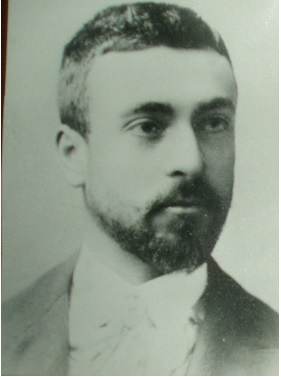
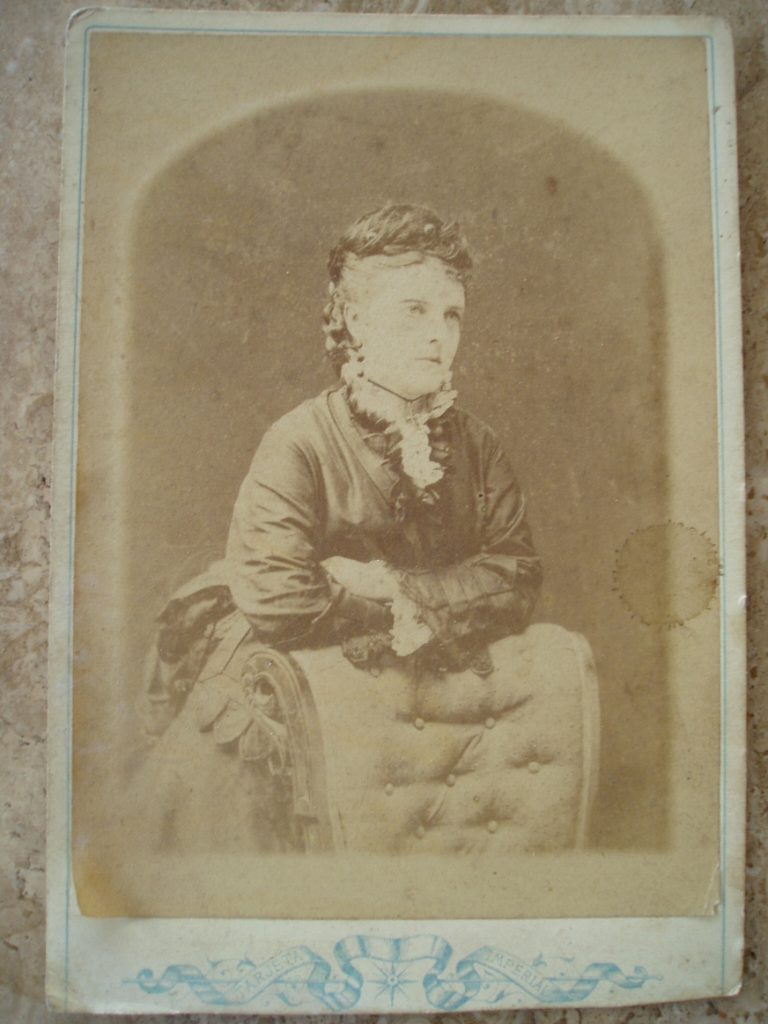
Tata Arturo UC had a varied experience as a merchant, builder and farmer. At the beginning of the 20th century, as a contractor, he built the tunnels of the Ligua to Illapel Railroad just north of the Caimanes station. He bought the Tipay and El Romero farms in the Pupío River Valley, 46 km inland from the port of Los Vilos and adjacent to the railroad (now a public road) and the present town of Caimanes.
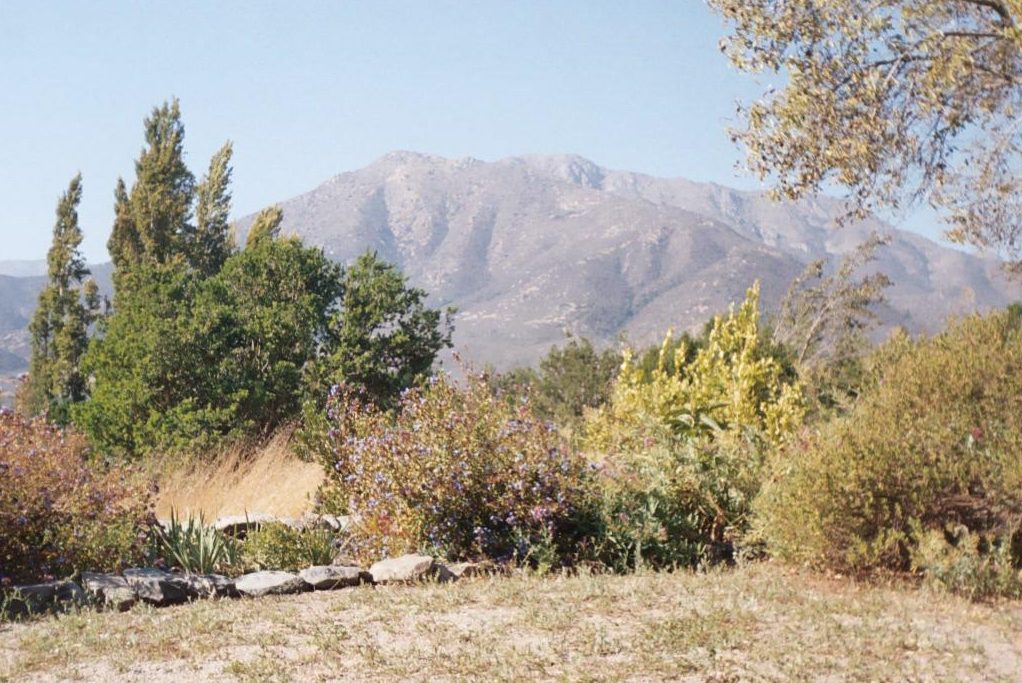

He was very interested in mining and gave his wife a framed sign with a background of black sand with the word “salud” written using small grains of gold. His daughter Maruja had it but, unfortunately, it got lost.
We would appreciate information about his childhood, his education and especially about his Ugarte-Castro family.
Family Life.
Beginning with Arturo in 1900, the Ugarte-Bühler couple had five sons (Arturo, Alberto, Eduardo, Jorge, Victor) and three daughters (Ester, Victoria, and Maria Angelica). The eldest of the women, Ester, died of typhoid fever at the age of 21, just before she was to marry architect Martín Lira Guevara. ¨Maruja¨, the youngest of them all, was born in 1915 and died in 2008.
The family lived in Santiago in a house on a large lot between Pedro de Valdivia and Ricardo Lyon streets, at that time, a semi-rural neighborhood. All were educated in good schools; Jorge, Victoria and Victor studied architecture, but only the first two practiced architecture.
The Ugarte-Bühler Brothers.

Arturo, the older brother, was the administrator of a sheep ranch on Easter Island. According to his grandchildren, Arturo was the first Chilean hippie.
Arturo inherited the Tipay farm and worked it until the end of the 1960’s when he made an exchange with his brother Victor. Arturo then moved to the heights of Angol where he managed his two haciendas until his death in 1970.
Arturo married Trinidad Aldunate Ugarte. She was the great-granddaughter on her paternal side of José Miguel Carrera, a leader of Chilean Independence. Her mother was the great-granddaughter of José Antonio Ugarte Salinas, a brother of the ¨Contador Ugarte¨. His children Arturo and Gloria left descendants in Chile and Bolivia.

Jorge. Coke was engaged to be married to Sybila Señoret Guevara at the end of 1939 in London, where his future father-in-law, Octavio Señoret Silva, was serving as Chilean Ambassador.
Coke sailed to Europe as a passenger on a British cargo ship, the Stonegate. But, it was the beginning of World War II and on October 5, 1939, some 740 km E.S.E. of the Bermuda Islands, the Stonegate was sunk by the German battleship torpedo boat, Deutschland.
The crew was rescued by the aggressor ship and Coke, who had studied at the Deutsche Schüle in Santiago, befriended the German captain. The Captain invited Coke to dine at his table and when Coke was transferred to a passenger ship, the Captain gave him his leather jacket.
Coke made it in time for his wedding. After sepaating from Sybila, Coke lived the rest of his life in New York where he passed away in 1980. Coke had no children but he did have a very active romantic life.
Sybila Señoret and her sisters were closely linked to the Chilean and European artistic and literary circles. In 1986 Sybila published in Chile a collection of drawings by her maternal uncle, the Chilean painter Alvaro Guevara Reimers, who lived a most interesting life.
Around 1938, Coke designed and directed the construction of a mountain lodge in Farellones, a ski resort near Santiago, for his sister Maruja and brother-in-law Vicente.

Victor¨Vicho¨.
An extraordinary man. He abandoned his architectural studies and traveled through northern Chile cutting miners’ hair; he lived for several months on Cape Horn’s Lenox Island panning for gold.
He assisted his father in farming. After his father´s death he co-managed the Hacienda El Romero inherited by Arturo’s brothers and sisters.
Around 1932, when his sister Ester became ill in Santiago, Vicho was helping his father in the Caimanes haciendas. Uncle Vicho told the story of having a bad feeling about his sister Ester and, after a short horseback ride, he took the train from Caimanes to Santiago, arriving just in time for her funeral.


Around 1940, Uncle Vicho bought the haciendas La Paz and Las Cachañas in the heights of Angol, Chile; a cozy valley where the sun set behind the distant araucarias of the Nahuelbuta National Park. It was there that the love for the countryside, manual labor and the most beautiful memories of several of his children and nephews were born.
His life lessons and his after-dinner stories in La Paz, illuminated by kerosene lamps and candles, adorn the memory of those of us who enjoyed them.
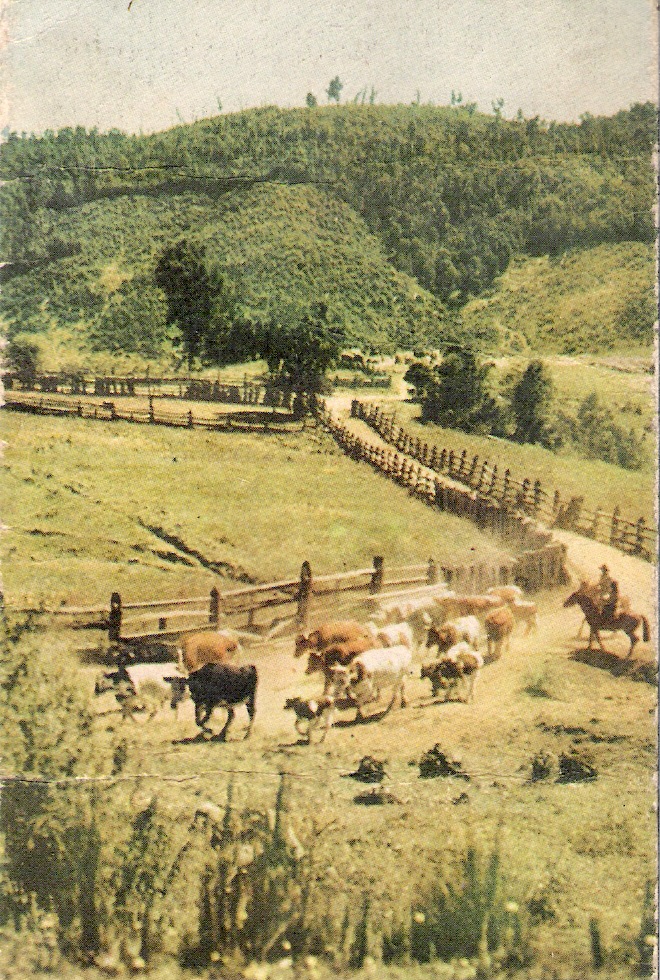

His wife, Elena Elgueta Sepúlveda, ¨Tutú¨, was his support and an example of strength to face the ups and downs of the agricultural business and to educate a large family in good schools, far from the countryside.
His descendants are in Chile, the United States, Mexico and Spain.
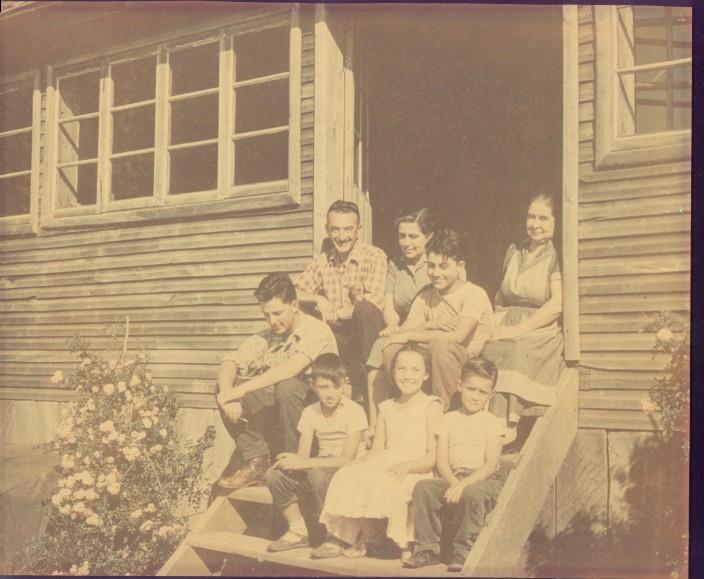
Eduardo, Chato” was the quietest of the brothers. He was a hard-working, sober and very kind man. Always ready to help anyone in need. I remember that one morning he picked us up in his ¨citroneta¨ to take my father urgently to the hospital.
He built his first house in the sunny neighborhood of Calle Constitución in Santiago where he took his elderly parents to live with his family. Later he built another house near the San Gabriel School in Bilbao where he offered a warm welcome to his nephews, especially Felipe MU who studied nearby.
He married Raquel Vergara and they had two sons and a daughter, university professionals with descendants in Chile, Italy and USA.

Alberto. As resident manager of the El Romero farm, ¨Beto¨ was the ¨huaso¨ of the family. He was very fond of horses, tackle and related Chilean traditions. In Santiago, in the old house next to the Quinta Normal, his wife Eugenia ¨Tia Ena¨ Herrera and her two sisters were a very welcoming trio for her nephew Vicente MU who was studying at the Escuela de Ing. at the neighboring Escuela de Ingeniería Forestal until the 1965 earthquake disabled both old buildings. They had a daughter, painter and sculptor, with no descendants.

The Ugarte-Bühler Sisters.

Victoria¨Tola¨. Since her time as an architecture student she demonstrated her mettle and commitment by donating her time and administrative and financial talents to leftist student and political causes.
Consistent with her ideas of social justice, she opened her home to the needy and more than once we saw her invite street garbage recyclers to eat a plate of food at the family table. An interview recorded by Uruguayan singer-songwriter Daniel Viglietti in 2004, can be heard at here.
When her boyfriend, a lanky Dane, ¨el Gringo Ulriksen¨ would go up or down the stairs of the family home on Pedro de Valdivia, her future brothers-in-law would tease her: ¨Sube la libra!” or “Baja la libra!”, as Maruja recalled.
They had a daughter and a son, both professionals and with descendants in Chile, Uruguay and the United States.

Maria Angélica,¨Maruja¨ recalled spending her early years in Talagante, presumably on the farm of her grandfather Pedro Ugarte Otero, who died in 1914. When she was still a schoolgirl, her older sister, Ester, had promised to take her to live with her in Paris. This was an incentive for Maruja to learn French. Married at a very young age to Vicente Molinos Gaete, lawyer, tennis player and heir of a wealthy Spanish merchant.
With a lot of effort and humor Maruja took on the responsibility of raising her family after accidents, health and economic setbacks, both for her husband and herself.
As an adult, her intellectual curiosity led her to learn English. Interested in fine arts, she learned enamel on metal. She had two sons, both with male descendants in the United States.

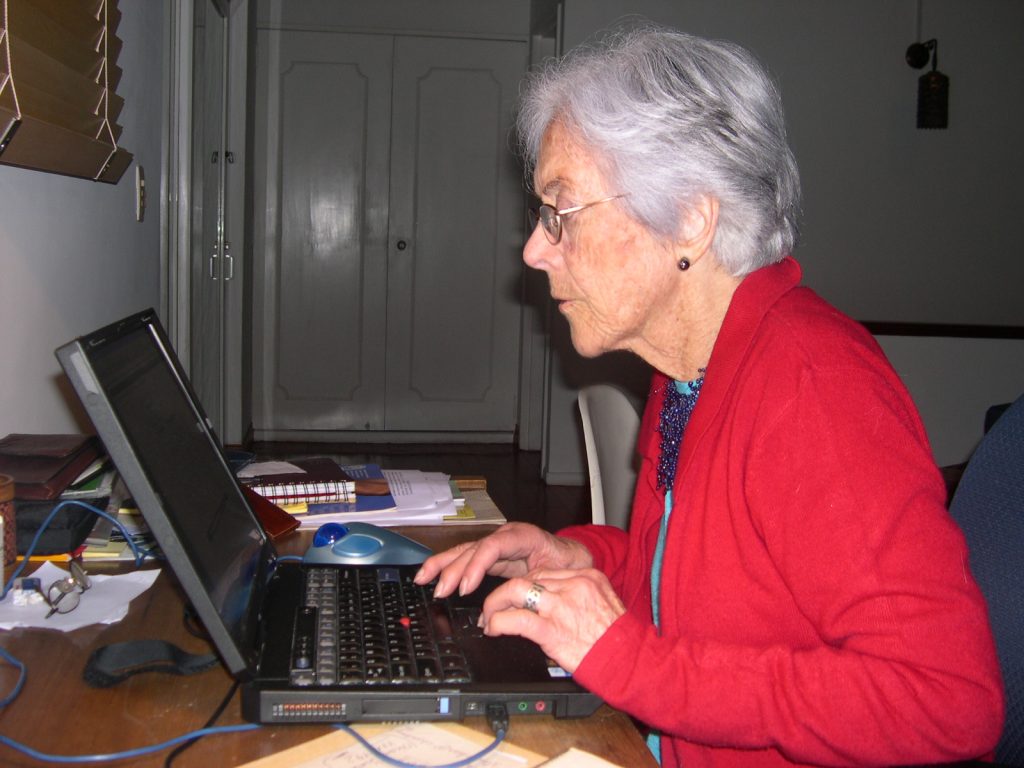
Maruja continued her mother’s efforts to maintain the family togetherness that this website continues. In 2006 some twenty of her children, nieces, nephews and close friends celebrated her ninetieth birthday (actually 91 years!) in Santiago, Chile. She passed away in 2008.

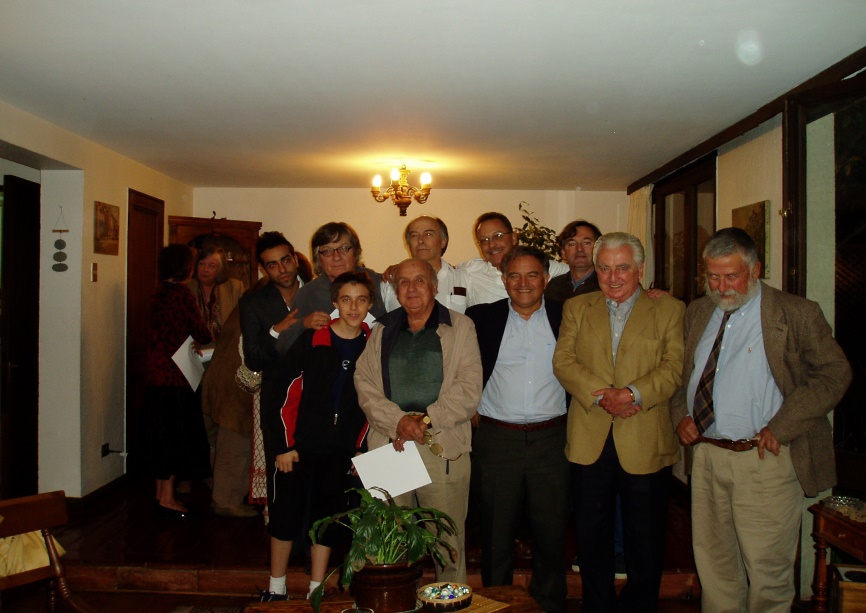
Acknowledgments.
This story reflects the work of several family members, both Ugarte and Bühler, over many years, organizing family reunions, sharing photos, memories, data, letters, and conducting searches and interviews. To the extent that some of our nieces, nephews, children and grandchildren become interested in continuing to nurture the family tree, we will have achieved our goal.
We also thank the authors who have authorized links to their websites and provided data or photos.
VMU, May 10, 2023.